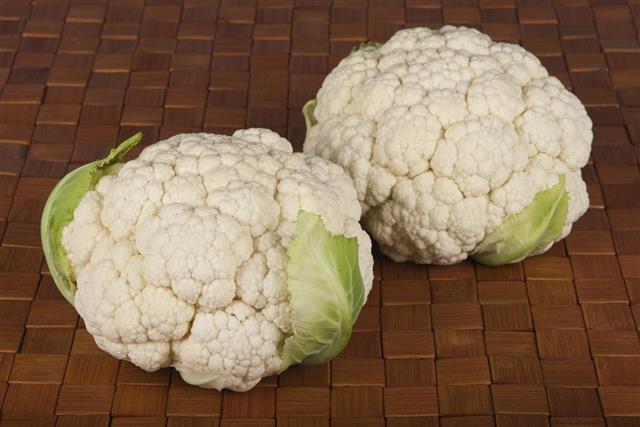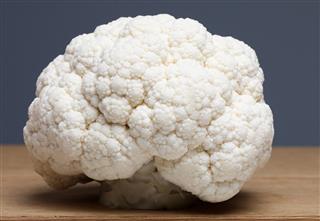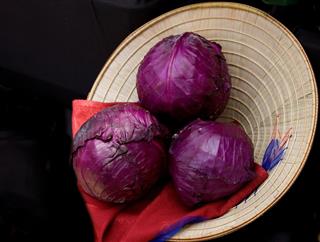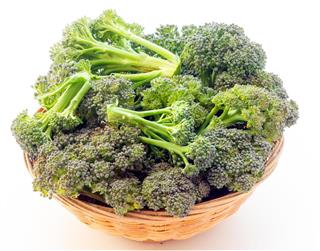
The latest diet mantra is eating food as good old Mother Nature intended us to eat it. In the world of starchy, salty processed foods, diseases are abound. The result is a long journey back to the basics. This NutriNeat article guides you in this journey of healthy eating.
The Science of Anna Yoga (Food Yoga) and the ancient Indian medicinal science of Ayurveda, both place great emphasis on the relationship between food and health. The concept of balanced whole foods diet has basically come down from extremely scientific diet patterns found in these ancient sciences. Ayurveda and Yoga are credited with creating awareness about these lifestyle requirements to maintain a long and healthy life, a positive attitude, and a stress-free mind in this complex world. In today’s stressful lifestyle, almost all the ailments of the human body can be traced to wrong eating and body maintenance practices.
Popular observation holds that the Eastern civilizations seem to suffer less from diet-related diseases like constipation, cancer of the colon, and of course, obesity. The reason could be that their diet pattern is still dictated by traditional beliefs and eating styles, essentially the knowledge of the ancients that has percolated down the centuries to the menus of the average Asian today. Almost all the Asian civilizations talk similar to the food pattern recommended by Ayurveda and Yoga. The foods in these cultures are as natural as possible, match with the seasons, seasonal produce, and of course, body requirements. Gluttony, though, may be present, is kept in check by cultural austerities. This plays a very important role in maintaining a healthy lifestyle. For instance, the Indian cooking and eating styles are still largely dominated by Yogic and Ayurvedic philosophies.
What is Whole Foods Diet?
The second most important role is played by the food itself, the more natural the better. Whole foods are the most recommended for almost all diet patterns. The crux of this philosophy lies in not breaking down foods into nutrients, but rather consuming them in their natural forms, without processing. Anna Yoga believes that the goodness of food lies in its being eaten as a whole. The concept is that Nature provides the best and the most balanced nutrition and takes care of all human requirements, so no human study is required to approve or disapprove of it. This is the reason why Ayurveda gives maximum emphasis on eating the foods that NATURALLY match one’s personality type. Then what the body gets is actually nutrition.
A whole foods diet essentially ensures that all the systems get the proper required nutrition and hence, work as a life giving force to the body systems. These foods carry out all the requirements of good diet ― absorption, assimilation, and elimination, and these are the basis of a healthy body system. Synthetic or processed foods often disrupt this system and hence, create conditions of disease in the body. Over a period of time they can create some really serious problems that may be irreversible.
What are Whole Foods?
These are food stuffs that have not been chemically, genetically. or on any other way, tampered with. They are natural, raw produce of nature. These include vegetables that are grown without using chemical fertilizers or pesticides, and cereals that are not polished or processed in any way. They are free of all additives, coloring, or anything else. Besides, they are seasonal foods, being taken from as close to the source as possible, and are not preserved by freezing or any other way. In most Eastern and Asian countries, the common man gets to eat these kinds of foods only, since they cannot afford to process or treat their growth. Their basic diet is of natural foods, and still contains the nutrition required for properly digesting foods eaten. But in developed countries, getting this simple produce of nature can be quite a strain.
Here, it will not be out of place to say that it was precisely technological advancement and economic development that took us away from the right eating patterns, especially in richer countries. Those who are poor can still afford to eat healthy. But the advent of food processing required better produce for commercial profitability, better packing and preserving systems, and of course, making them attractive to buying by agricultural sciences, enhancing color, increasing size, all of which lead to interference of human beings in the most basic processes of nature. Then, these “better” foods started giving us trouble, resulting in a massive decline in health and the advent of diseases that were unknown in pre-processing days. It is no wonder obesity can almost be termed the ‘rich man’s disease’.
People in developing countries, sometimes called “primitive population” by and large enjoy a better state of teeth, a better condition of digestion, and overall, better general health. Those who discard their traditional foods, get into trouble not long after, suffering degeneration of teeth and the digestive system, to mention the first problems.
























